The crashes Coker has experienced weren’t due to pilot error, but rather from the drone’s engine dying or an interruption in the radio frequency.
“The machine knows its place in the sky by GPS, but without that, it can easily go off course and crash,” he says. “You can’t trust electronics 100 percent. Things will go wrong. The average consumer who doesn’t know about these machines can easily get into trouble.”
Lily CEO Antoine Balaresque says Lily’s technology is safer than other manual drones.
“Lily is different in that it’s much more personal,” says Balaresque. “Its design, shape, size, the distance Lily flies from and the way people use it makes a big difference.”
He stresses that consumer education is a top priority for the company. For example, Lily’s yet-to-be-developed app might send messages to a user’s phone if they enter restricted airspace, or even a congested area with a lot of obstacles. The obstacle avoidance technology to navigate a tree run isn’t there yet—though Lily’s engineers are working on it. And whether Lily can overcome the thin air, high winds and low temperatures in the mountains remains a question.
Lily’s image quality isn’t high enough for professional use—professional films and commercials use heavy lift multi-rotors that can carry high-end cameras—but if it were, says Good Company Director Kyle Decker, skiers like Tanner Hall could save a lot of money in Alaska. “Imagine unlimited heli footage,” says Decker. “He could just throw it in the air and it could follow him down a spine. It would transform skiers into filmers.”
Hobbyist use in the backcountry—outside wilderness areas—is covered under an FAA exemption. But that excludes any footage for profit, including that of sponsored athletes. Under existing FAA rules, businesses, like production companies, can gain clearance for unmanned aircraft system operations through a section of the FAA Modernization and Reform Act of 2012. Most companies don’t bother. Regardless, drones have already changed ski cinematography forever. Most every action sports production company capitalizes on drone footage they would have paid a heli operation thousands for less than five years ago. Decker predicts an overuse of drones in ski videos this year. “It’s been one of my favorite ways to film and when things go wrong, I absolutely hate it,” says Decker. “When everything’s going right, it’s like you’re playing a video game. When it’s not, you’re cursing, shipping the thing off to get fixed, dealing with dead batteries… there are a lot of additional headaches, but I think it’s worth it.”
And so do some ski areas. In April, the National Ski Areas Association submitted a Notice of Proposed Rulemaking to the FAA seeking exemptions from proposed regulations and encouraging the FAA to “authorize broader use of drones by ski areas, with more flexibility and latitude to maximize the commercial use of drones … and to fully leverage their safety applications.” The NSAA notice proposed controlled areas and limited times of operation and stated: “For example, ski areas could adopt a procedure of rotating ‘drone zones’ where drones could be safely operated to capture video footage of guests for their social media use.” Further requested exemptions would help ski areas use drones as tools for thermal heat imaging, gauging snow depths, infrastructure inspections, mapping, delivery systems and aerial avalanche transceivers.
Government red tape hasn’t slowed the drone industry from moving forward full-scale. And the current prohibitive climate at resorts isn’t a concern to Lily’s Balaresque. “Eventually, they’ll be allowed everywhere, even national parks. It’s like Uber, when there is a better way to do things and people are excited about it, it’s hard for people to stop it. It’s just a matter of regulating it and making sure it’s safe.”
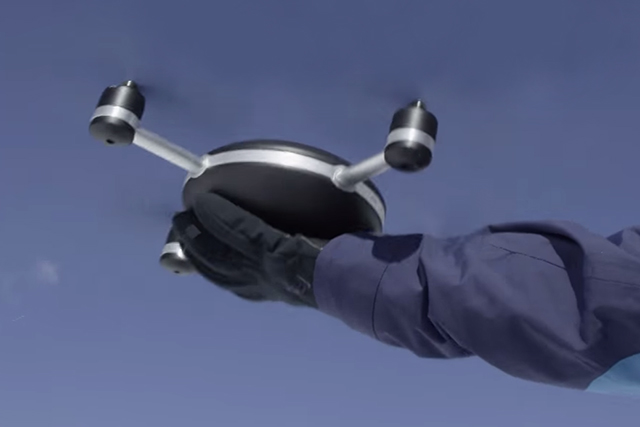
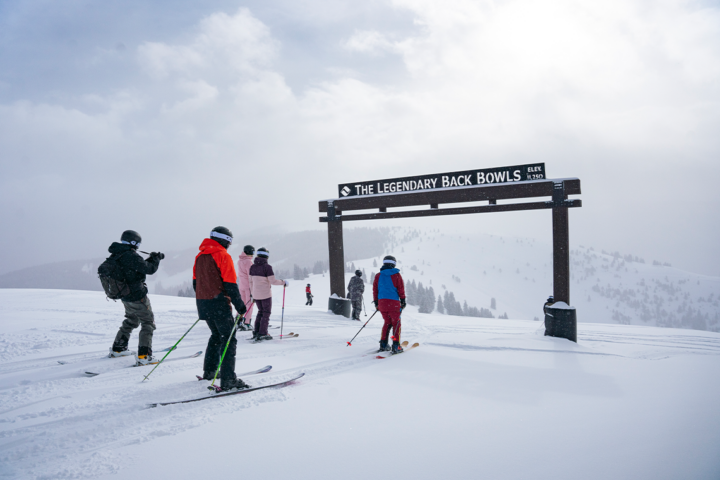
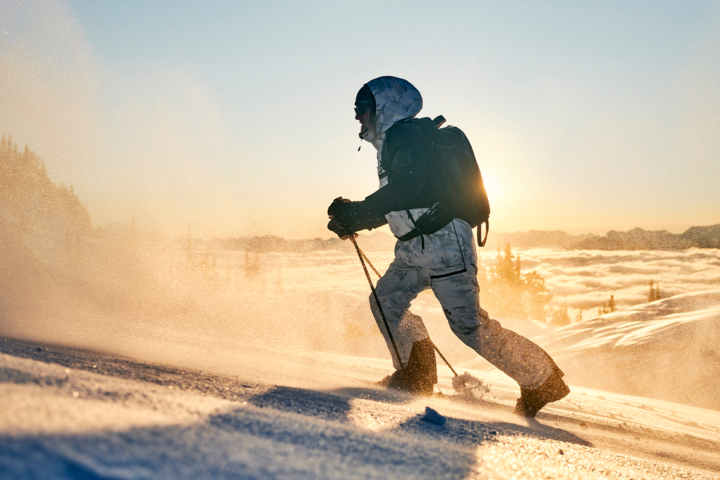

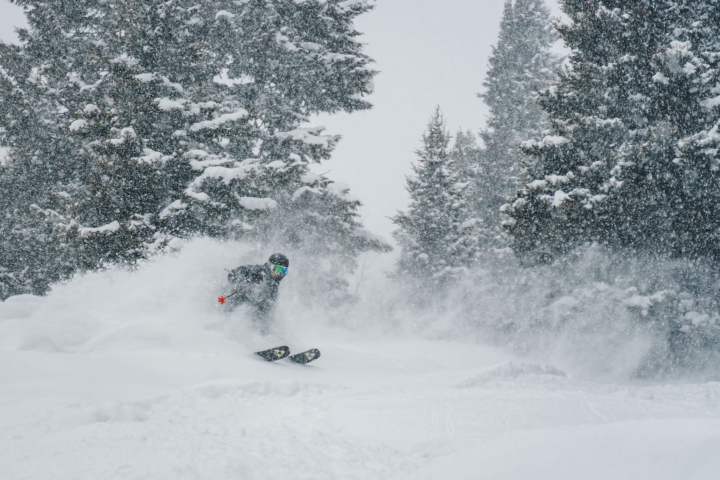
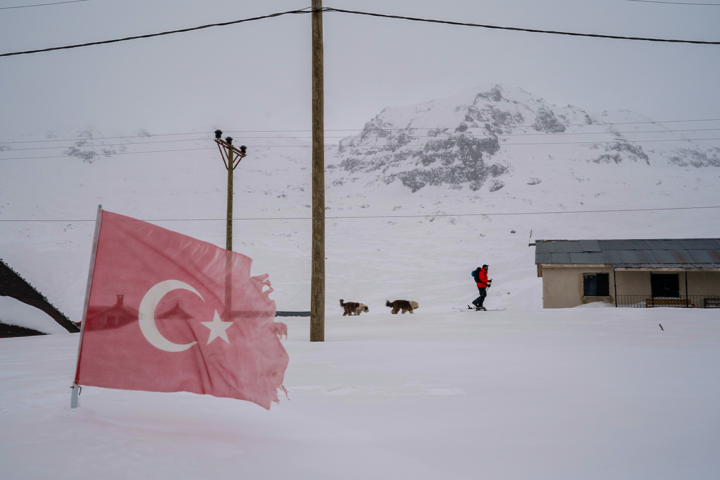
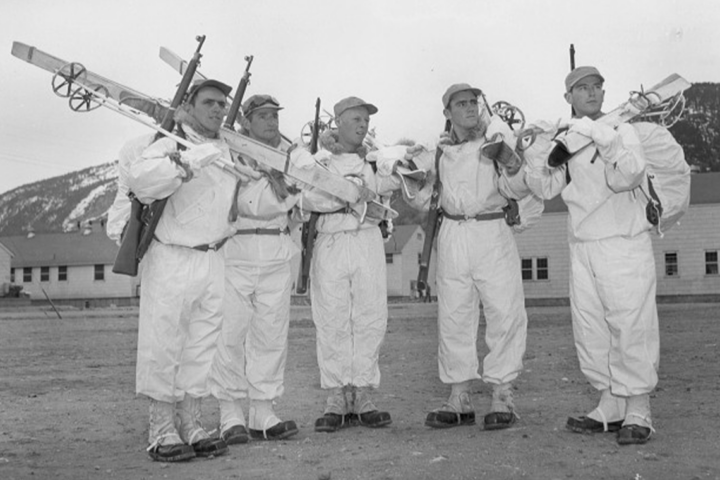

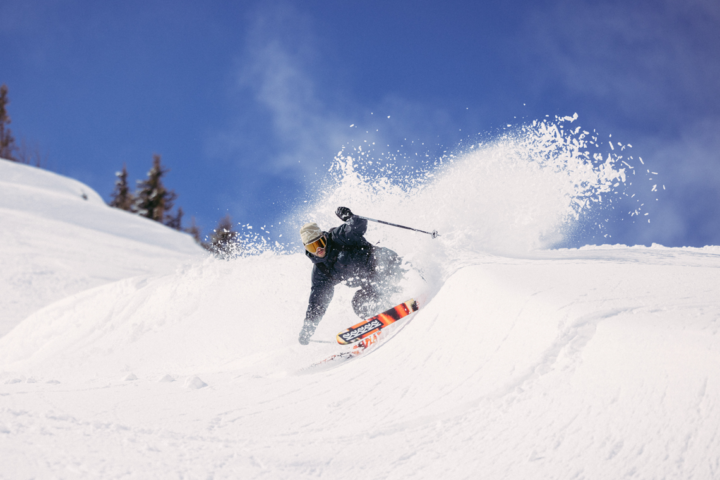
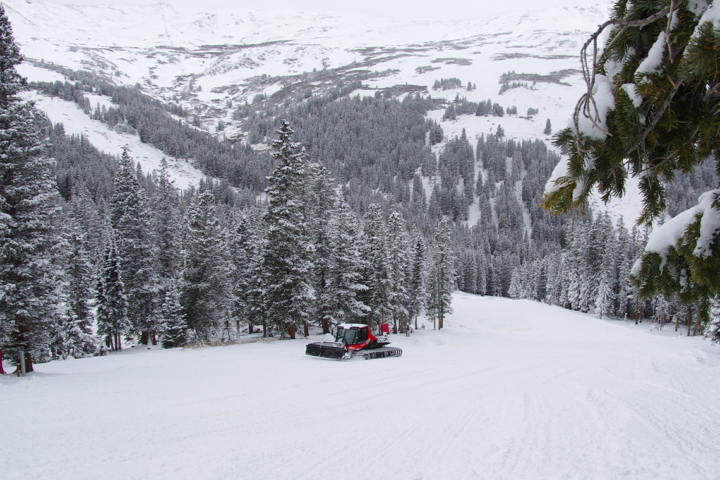
3 thoughts on “Uncharted Airspace: Ski resorts prep for impending drone invasion”
Comments are closed.